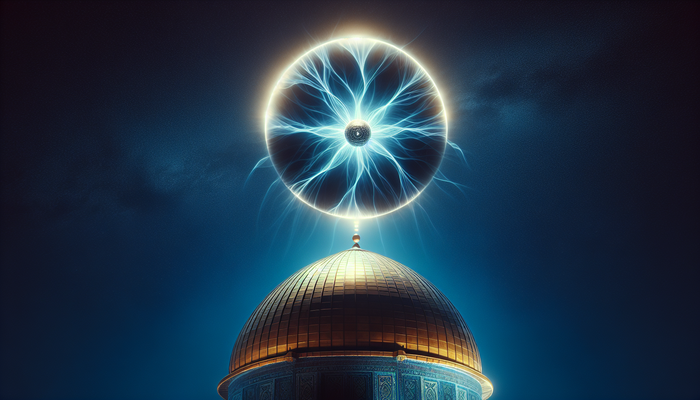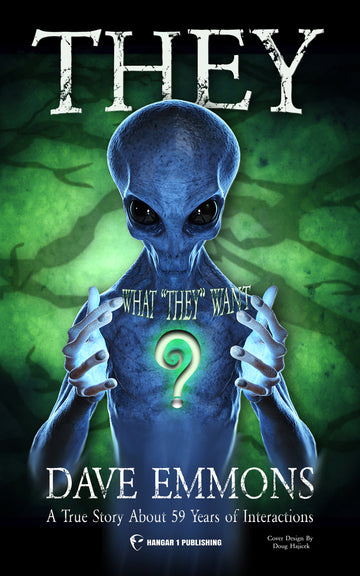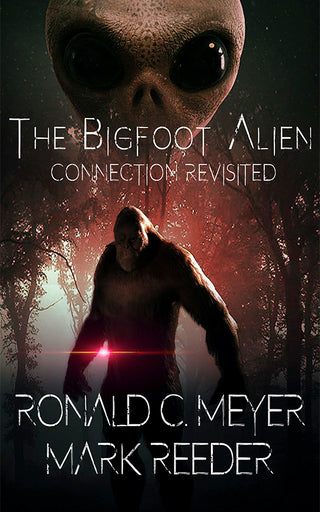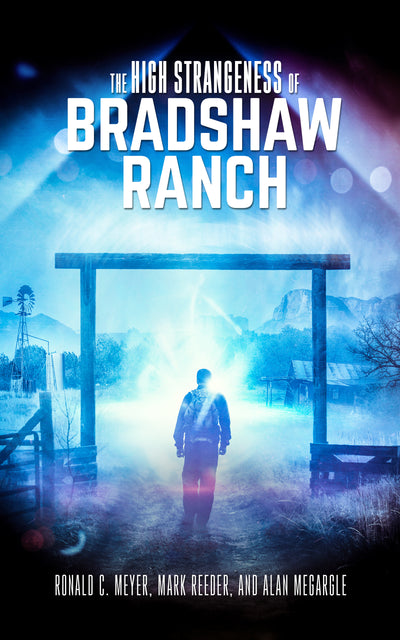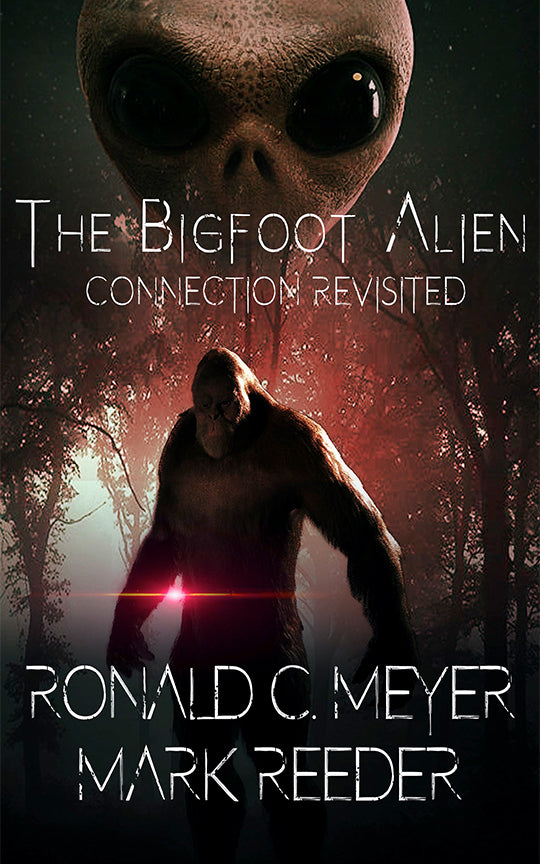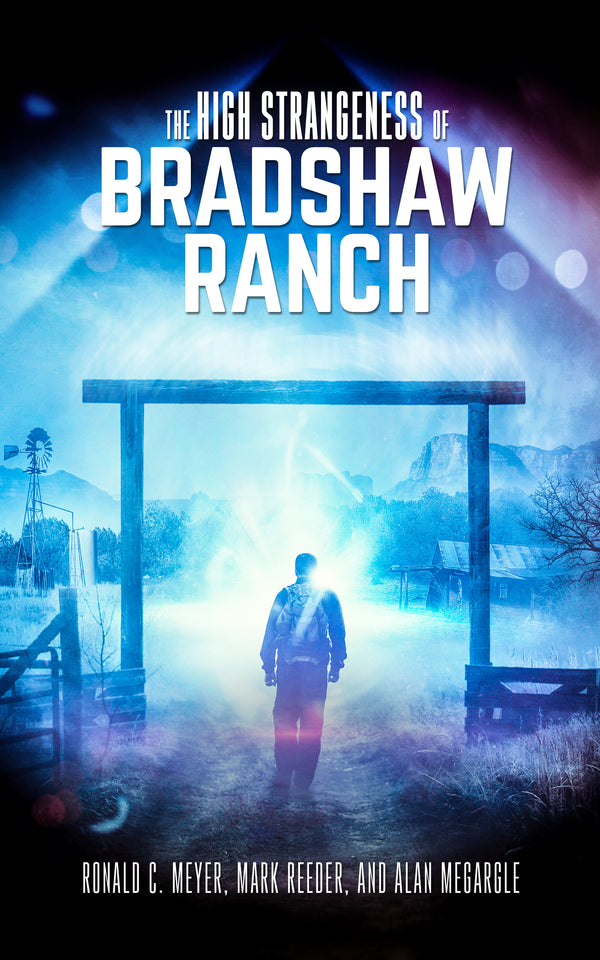Interstellar Object 'Oumuamua: When Science Met Our Ancient Need to Believe

By Gabriel Chen, Ufologist
I remember exactly where I was when the news broke. October 2017, sitting in a café in Oaxaca, scrolling through my phone between interviews with local experiencers. Then I saw it: humanity had just detected its first confirmed visitor from another star system.
The object was already leaving. Already too faint to study properly. Already sparking the exact kind of cultural moment I'd spent years documenting.
What struck me wasn't the science (though we'll get there). What grabbed my attention was watching in real-time as different communities interpreted the same data through completely different cultural lenses. Astronomers saw a puzzle. The contact community saw validation. Skeptics saw overreach. Everyone, absolutely everyone, saw what they needed to see.
That's what makes 'Oumuamua so fascinating. Not just as an object, but as a mirror.
The Discovery That Almost Didn't Happen
Let's start with what we know for sure. On October 19, 2017, the Pan-STARRS1 telescope in Hawaii picked up something moving at 6.2 degrees per day across the sky. Fast. Really fast.
Here's the problem: by the time astronomers spotted it, the object had already made its closest pass by the Sun 34 days earlier. Think about that. We got weeks, not months, to study the first confirmed interstellar object ever detected. Researchers had only a narrow window before it became too faint to observe.
They named it 'Oumuamua. A Hawaiian word meaning "a messenger from afar arriving first." Even the naming carried weight, implied meaning, suggested purpose.
The initial orbital calculations failed. Attempts to fit the trajectory to standard elliptical or parabolic orbits produced unusually large errors. Then someone tried modeling it as hyperbolic. It worked.
The object's orbital eccentricity measured approximately 1.20, the highest ever recorded at the time. Anything above 1 means the object isn't bound to our Sun. It came from somewhere else. It's going somewhere else. We just happened to be in the way.
What Makes It So Weird
If 'Oumuamua had just zipped through and left, we'd have an interesting footnote in astronomy. Instead, it left us with a collection of properties that don't quite fit anything we've seen before.
The Shape That Broke the Models
The object's brightness varied by a factor of ten or more over roughly 7.5 hours. This is the largest brightness variation ever observed from a solar system object.
What does that mean? Either 'Oumuamua is shaped like a cigar with an axis ratio of at least 5:1, possibly as high as 10:1, or it's shaped like a pancake. Both scenarios are bizarre. Nature doesn't usually make things that elongated.
And it wasn't just spinning. The light curve didn't repeat exactly from one rotation cycle to another. This indicates tumbling, the kind you'd expect from something that experienced a violent collision in its distant past.
Red, Featureless, and Familiar
Spectroscopic analysis revealed a reddish surface similar to many primitive bodies in our outer solar system. The color suggests organic molecules processed by cosmic rays over millions of years of interstellar travel.
But the spectra were featureless, showing no distinct absorption bands that would reveal specific minerals or ices. It looked old. Worn down. Processed.
The Missing Coma That Changes Everything
Here's where things get really strange. 'Oumuamua passed closer to the Sun than Mercury. At that distance, any surface ice should have started sublimating, creating a visible tail like comets have. But deep imaging from multiple telescopes found no trace of gas or dust.
The Spitzer Space Telescope searched for thermal emission and came up empty. No CO. No CO₂. The upper limit on dust production was seven to eight orders of magnitude lower than a typical comet at that distance.
So we had an object that looked like an asteroid but behaved like... something else.
The Acceleration Nobody Expected
The real bombshell came in June 2018 when high-precision measurements from Hubble revealed a tiny but statistically significant deviation from a purely gravity-driven path.
'Oumuamua was accelerating away from the Sun. Not much, just (4.92 ± 0.16) × 10⁻⁶ m s⁻² at 1 AU. But it was real. A 30-sigma detection.
The acceleration followed a 1/r² dependency, perfectly matching how solar radiation weakens with distance. This is exactly what you'd expect from either cometary outgassing (sunlight vaporizing ice creates a rocket-like push) or solar radiation pressure (photons pushing on a large, lightweight surface).
Except there was no coma. No gas. No dust.
You can feel the tension in the papers, the careful hedging as scientists tried to reconcile observations that shouldn't exist together. Something was pushing 'Oumuamua. But all the obvious explanations didn't fit.
The Hypothesis Wars
What happens when nature hands you an anomaly? Scientists propose increasingly exotic explanations. The contact community sees confirmation. And I sit back watching how different belief systems process the same uncomfortable data.
The Hydrogen Iceberg
One early proposal suggested 'Oumuamua could be made of solid molecular hydrogen ice. H₂ sublimes without leaving visible dust. That would explain the acceleration without a coma.
The problem? Hydrogen ice is incredibly volatile. Models showed it would be destroyed by starlight during a long interstellar journey. The survival issue essentially killed this hypothesis.
The Nitrogen Shard
A more refined version proposed 'Oumuamua was a fragment of nitrogen ice chipped off an "exo-Pluto" surface by an impact. This model could explain the dimensions (45 m × 44 m × 7.5 m) and high albedo.
But it requires an enormous galactic population of Pluto-like bodies to explain even one detection. The mass budget doesn't work. Planet formation theories can't produce that many outer system worlds.
The Radiolytic Hydrogen Release
The current leading natural explanation, proposed by Bergner and Seligman in 2023, is clever. They suggest cosmic rays processing water ice over millions of years creates trapped molecular hydrogen. When 'Oumuamua warmed near the Sun, the ice annealed and released this invisible H₂ gas.
This fits the acceleration data. Explains the missing coma. Works with the torque constraints. It positions 'Oumuamua as a heavily processed but fundamentally natural comet-like fragment.
But here's what bugs me: it requires laboratory validation that hasn't happened yet. We're inferring behavior from theory, not measurement.
The Lightsail
Then there's the hypothesis that launched a thousand articles. In November 2018, Bialy and Loeb proposed the acceleration could be explained by solar radiation pressure on an extremely thin object. A sail. With a mass-to-area ratio around 0.1 g cm⁻².
The math works perfectly. Solar radiation pressure explains the acceleration without requiring outgassing. But it implies something engineered. Artificial. Made.
The backlash was immediate and intense. Not because the physics was wrong, but because the implications violated unwritten rules about what scientists are supposed to propose. I watched the astronomy community fracture along ideological lines. Some defended the right to consider any hypothesis consistent with data. Others saw it as reckless speculation that damages credibility.
What fascinated me wasn't the science. It was watching how different communities police their boundaries of acceptable discourse.
What The Silence Tells Us
Here's something most coverage glosses over: Breakthrough Listen conducted extensive radio observations across four bands (1-12 GHz) using the Green Bank Telescope.
They found nothing. No artificial signals down to a sensitivity of 0.08 watts. That's cell phone level. If 'Oumuamua was broadcasting, we would have heard it.
The contact community sometimes presents this as proof of natural origin. The believers sometimes dismiss it as irrelevant (why would an ancient derelict be broadcasting?). Both responses miss what the observation actually tells us: we looked, seriously looked, with real sensitivity. That matters.
It's the first time we've conducted a genuine technosignature search of an object from another star system. That alone makes 'Oumuamua historic.
The Torque Paradox Nobody Talks About
There's a technical detail that deserves more attention. If a powerful, localized jet caused the acceleration, it should have changed 'Oumuamua's rotation period. Models predicted significant spin-up that wasn't observed.
This "torque paradox" severely constrains outgassing models. It favors either gas release from the entire surface or a specific geometry that minimizes angular momentum transfer.
Or it favors no outgassing at all.
The technical papers dance around this. But it's a real problem for natural explanations that nobody has fully resolved.
What This Reveals About Us
I've spent years documenting how different cultures interpret encounters with the unknown. The 'Oumuamua saga follows a pattern I've seen repeatedly across the globe.
First comes the experience, the observation, the data point that doesn't fit. Then comes the interpretation phase, where different communities project their existing frameworks onto ambiguous information. Finally comes the consolidation, where each group selects the narrative that reinforces their worldview.
The astronomy community mostly settled on "weird comet with unusual properties." The contact community sees "possible evidence requiring further investigation." The skeptics see "overinterpretation of insufficient data." The believers see "obvious signs being willfully ignored."
All of them are looking at the same acceleration measurement. The same missing coma. The same tumbling rotation. But they're seeing completely different things because they're bringing different questions, different standards of proof, different tolerance for uncertainty.
This is the pattern I've observed in contact narratives across 40 countries. The phenomenon itself remains ambiguous. The cultural response reveals more about us than about the phenomenon.
Why This Matters For Future Visitors
We got lucky with 'Oumuamua. Or rather, we got unlucky depending on your perspective. The late detection meant we couldn't study it properly. The next interstellar visitor will be different.
The Vera C. Rubin Observatory's survey should increase detection rates from one every few years to potentially one every few months. When the next ISO appears, we'll be ready with pre-approved observation programs on JWST and ALMA.
The goal is reducing detection-to-characterization latency from weeks to hours. Real-time spectroscopy. Immediate thermal imaging. High-cadence light curves to catch any rotation changes.
ESA's Comet Interceptor mission, launching in 2029, has the option to target an ISO if one appears on an interceptable trajectory. Three spacecraft, 10 instruments, multi-point measurements.
Studies under Project Lyra have demonstrated the feasibility of rapid-response missions using current technology. High-energy launch, Jupiter gravity assist, solar Oberth maneuver. It's possible to catch up to these objects if we move fast enough.
The Data Standards Nobody Sees
Here's something that doesn't make headlines but should: amateur astronomers provided a significant fraction of astrometric data for 'Oumuamua. Not professionals. Amateurs with backyard telescopes and good software.
The difference between useful contribution and noise comes down to standards. Submitting data in ADES format to the Minor Planet Center. Using proper calibration against star catalogs. Including accurate timestamps and coordinate systems.
This is where the UFO/UAP community could make genuine contributions. Not through speculation. Through rigorous data collection following established protocols. The infrastructure exists. The channels are open. What's missing is adoption of professional standards.
When the next ISO appears, coordinated observations from amateur networks could be decisive. But only if the data meets scientific standards.
The Interpretation We Choose
So what was 'Oumuamua? We still don't know for certain. The data remains ambiguous enough that multiple interpretations survive.
The leading natural explanation, radiolytic hydrogen release from processed water ice, fits most observations without requiring extraordinary assumptions. It's testable through laboratory experiments on irradiated ice. It makes predictions about future ISOs.
The artificial hypothesis remains on the table not because it's proven but because it hasn't been definitively ruled out. The acceleration data fits. The geometry could work. The lack of radio signals constrains but doesn't eliminate the possibility.
What I find interesting is that both camps are waiting for the same thing: more data. When the next interstellar visitor arrives, we'll have the tools to answer questions we could barely ask about 'Oumuamua. Better spectroscopy. Thermal imaging. Maybe even a flyby mission.
The scientific process will grind forward. Hypotheses will be tested. Models will be refined or discarded. We'll get closer to answers.
But the cultural pattern will repeat. Different communities will interpret new data through their existing frameworks. The boundaries of acceptable discourse will be negotiated. The believers will see confirmation. The skeptics will demand more proof. And researchers like me will watch the interpretive process unfold.
Because that's what 'Oumuamua really gave us. Not answers about its origin, but insight into how we create meaning from ambiguity. How we police the boundaries of knowledge. How we handle data that refuses to fit our categories.
In my years studying contact narratives, I've learned that the phenomenon and the interpretation are always entangled. We can't cleanly separate what's "out there" from what we bring to the observation. Our frameworks shape what we're capable of seeing.
'Oumuamua arrived as a messenger from afar. What it's telling us might be less about interstellar space and more about the limits and possibilities of human understanding. About what happens when nature hands us something genuinely ambiguous and we're forced to admit we don't know.
That admission, that willingness to sit with uncertainty while demanding better data, might be the most valuable lesson this strange visitor offered. Not every mystery requires immediate resolution. Some require patience, preparation, and the humility to recognize the difference between what we've proven and what we've assumed.
The next interstellar object is already on its way. We just don't know it yet. When it arrives, we'll be watching with better instruments and harder questions. And somewhere, in some café on the other side of the world, I'll be watching how different communities make sense of whatever we find.
That's what I do. That's what this is really about. Not proving aliens exist or don't exist, but understanding how humans navigate the space between knowing and not knowing. How we build meaning in the gaps. How we choose which mysteries to pursue and which to dismiss.
'Oumuamua didn't answer our questions. It showed us which questions we're asking and why. That might be more valuable than any answer.
From Bigfoot to UFOs: Hangar 1 Publishing Has You Covered!
Explore Untold Stories: Venture into the world of UFOs, cryptids, Bigfoot, and beyond. Every story is a journey into the extraordinary.
Immersive Book Technology: Experience real videos, sights, and sounds within our books. Its not just reading; its an adventure.






